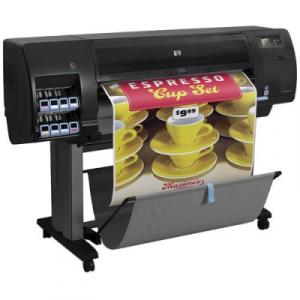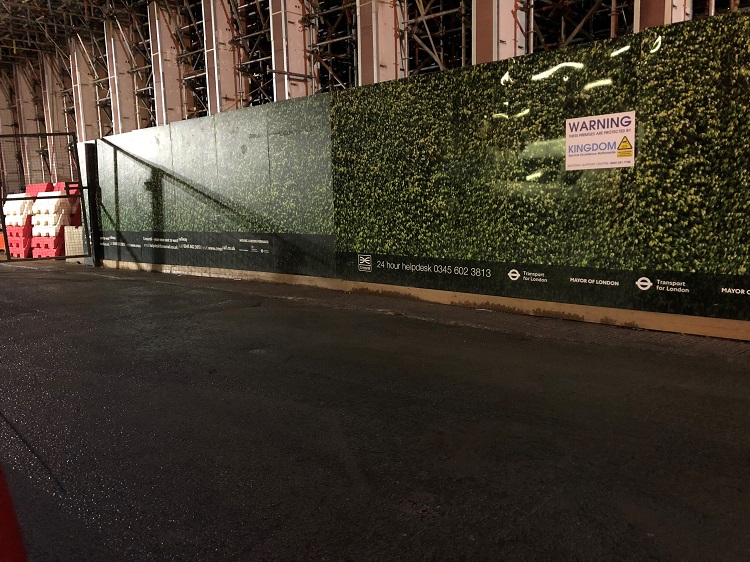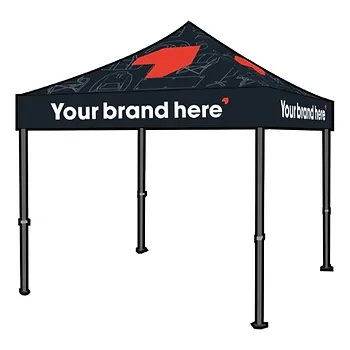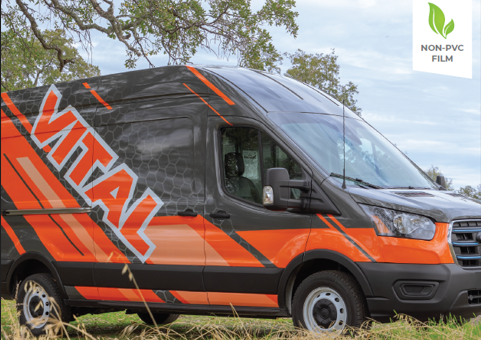Choosing the right display for video walls
Converting electricity into visible light
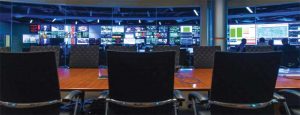
A LED is a tiny semi-conductor that converts electricity into visible light. In a LED panel, each colour pixel has one red, one blue, and one green LED. The combination of these three colours enables the ability to create trillions of colours. In an LED panel, each semi-conductor produces light, unlike an LCD panel, in which the backlight passes through the liquid crystal layer. This is where the name ‘direct view’ LED originates.
LED panels have many advantages, including high brightness, superior contrast and viewing angles, long-life, and energy efficiency, and are suitable for indoor and outdoor applications. Depending on the installation, these panels are ideal for video walls as they do not require bezels. This means there are no seams in the middle of the wall to distract viewers.
Choosing the right panel
LCD panels have traditionally been the popular choice for video walls, particularly for indoor applications, and dvLEDs have been the go-to choice for outdoor installations. However, due to advances in LED technology, dvLEDs are now challenging the dominance of LCDs for indoor video wall applications.
Selecting the best video wall solution for a specific indoor installation can be challenging. The following are some considerations sign installers should keep in mind:
Pixel pitch
Measured in millimetres, pixel pitch is the distance between the centre of an LED pixel and the centre of an adjacent pixel. A screen with a smaller pixel pitch has more pixels overall and provide higher resolution images than a screen with a larger pixel pitch. In general, a large screen that will be viewed from afar can have a relatively high pixel pitch, but a screen that will be viewed from close up should have a small pixel pitch.
Image quality
Look for sharp images and a solution that provides factory colour calibration.
Brightness
Although this is more of a concern for outdoor installations, brightness should still be considered for indoor video walls. The ambient lighting conditions of an interior environment need
to be considered to ensure the video wall will have sufficient brightness to provide excellent view ability.
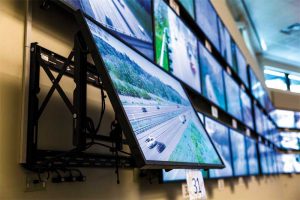
Contrast
A high-efficiency LED chip will ensure deep contrast, and black mask will boost the contrast ratio.
Power consumption
With the proper content and brightness settings, dvLED panels can be more energy efficient than LCD panels, which can save the client money. Power consumption specifications should be compared to determine the differences between models.
Heat dissipation
As LEDs emit heat, as well as light, heat dissipation can be a concern for dvLED panels. Therefore, to better understand how each system manages heat dissipation, and what requirements are needed for the particular application, it is always a good idea to consult with manufacturers and/or suppliers.
Build quality
Indoor video walls should be robust enough to hold up to installation and exposure to environmental conditions and minor bumps. Installers should look for strong, lightweight panels with alignment features that enable precise placement. It is also important to use mounting structures specifically designed for each particular panel and to ensure the equipment provider supplies the structure with the display.

